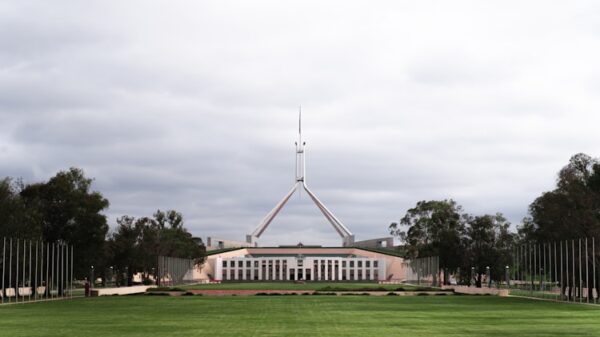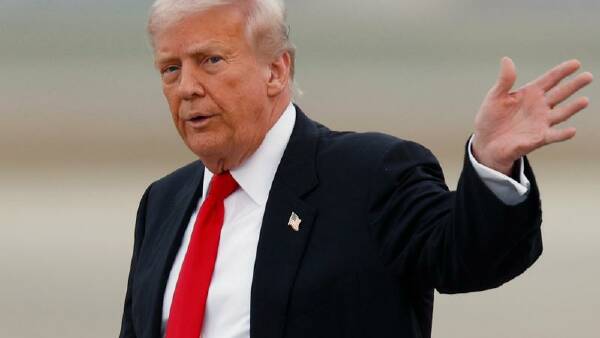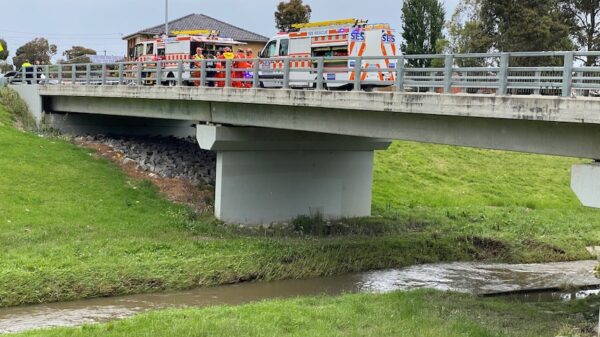Chinese solar manufacturer Trinasolar is set to trial its innovative robotic solar panel installation system, dubbed the Trinabot, in Australia. This initiative comes as part of a broader effort to secure funding and reduce costs associated with solar energy projects. The company is currently pursuing a green grant from the Australian Renewable Energy Agency (ARENA) to support a local pilot program.
During the All Energy conference in October 2023, Edison Zhou, Trinasolar’s ANZ and Pakistan group director, emphasized the importance of integrating advanced technology into solar projects. He stated, “We want to bring new technology, high efficiency panels, the Elementa 3 which is our new [utility scale] battery, and the installation robot… to help developers not just reduce the manufacturing cost, but also the total system cost.”
Trinasolar is not alone in its pursuit of automation. Other companies, such as Luminous and Leapting, have already tested similar robotic solutions in Australia. The Trinabot has proven effective in numerous projects across China, and Trinasolar is collaborating with local contractors to explore its viability in the Australian market.
Funding Innovations for Large-Scale Solar
ARENA is actively promoting the adoption of robotic technology within the solar sector. The agency recently allocated $45 million to Fortescue for testing up to ten different novel solar technologies in the Pilbara region. This funding initiative aims to lower the cost of large-scale solar energy to below $20 per megawatt hour.
Additionally, ARENA is supporting automated and semi-automated technologies, such as the pile driving rigs being tested by Nextracker. These advancements are becoming increasingly important as the dynamics of solar panel prices shift. After a prolonged decline, industry experts anticipate a moderate increase in module costs moving forward.
Both Leapting and Trinasolar highlight the potential efficiency gains from their robotic systems. Leapting claims its solar panel installer can accomplish the work of up to four humans. Trinasolar’s Andrew Percival noted that the Trinabot could enhance a project’s economic value by as much as 30 percent, depending on various factors including project specifics and location.
Percival explained, “It changes the efficiency level and improves the economic value of a project by potentially up to 30 percent… the idea is that we’re not trying to change how much labour is involved, but streamline the labour, so you’re getting better cost outcomes.”
Addressing Labor Shortages in Solar Projects
The motivation behind these robotic installations extends beyond cost reduction. Labor shortages in Australia, combined with the demanding conditions in remote areas like the Pilbara, necessitate innovative solutions. Robotic aids are becoming invaluable for contractors tasked with executing large-scale solar projects efficiently and promptly.
As the solar industry evolves, integrating technologies like the Trinabot will likely play a crucial role in meeting future demands. With Australia’s commitment to expanding its renewable energy capabilities, the successful implementation of such innovations may set a precedent for the sector.
For those interested in staying updated on the latest developments in clean energy, a subscription to a free daily newsletter is available, providing insights and news to over 27,800 subscribers.


































































